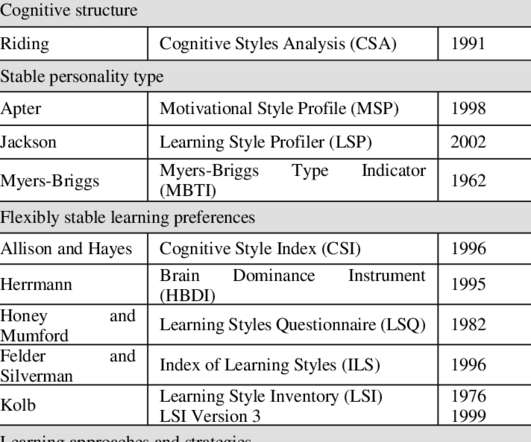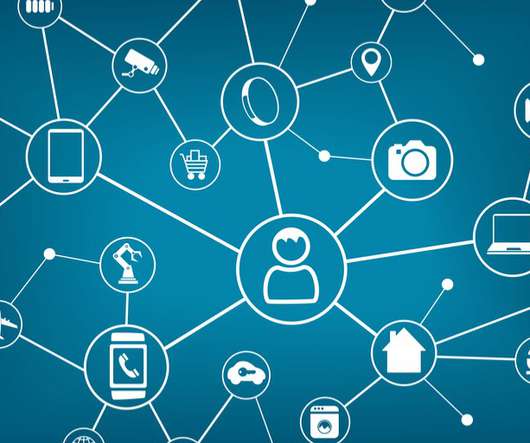Evaluating Your eLearning
eFront
JULY 21, 2015
de Freitas & Oliver 2006, p.262). How will you brief and debrief your learners in terms of explaining them the learning outcomes etc. On the whole, this structured analysis provides a comprehensive support to the training developers and facilitators who work in teams to create game-like trainings. References. de Freitas, S.,

















































Let's personalize your content